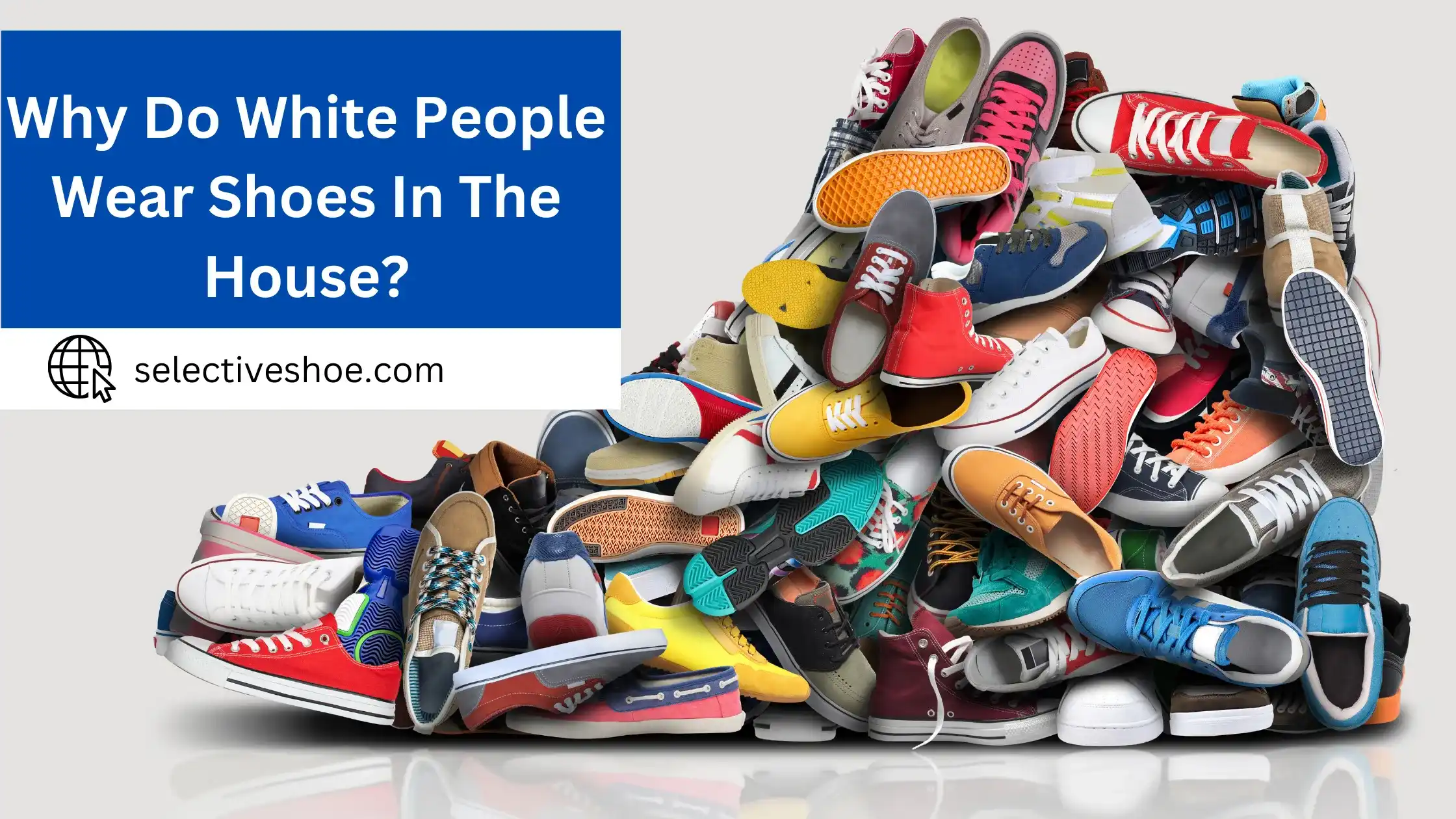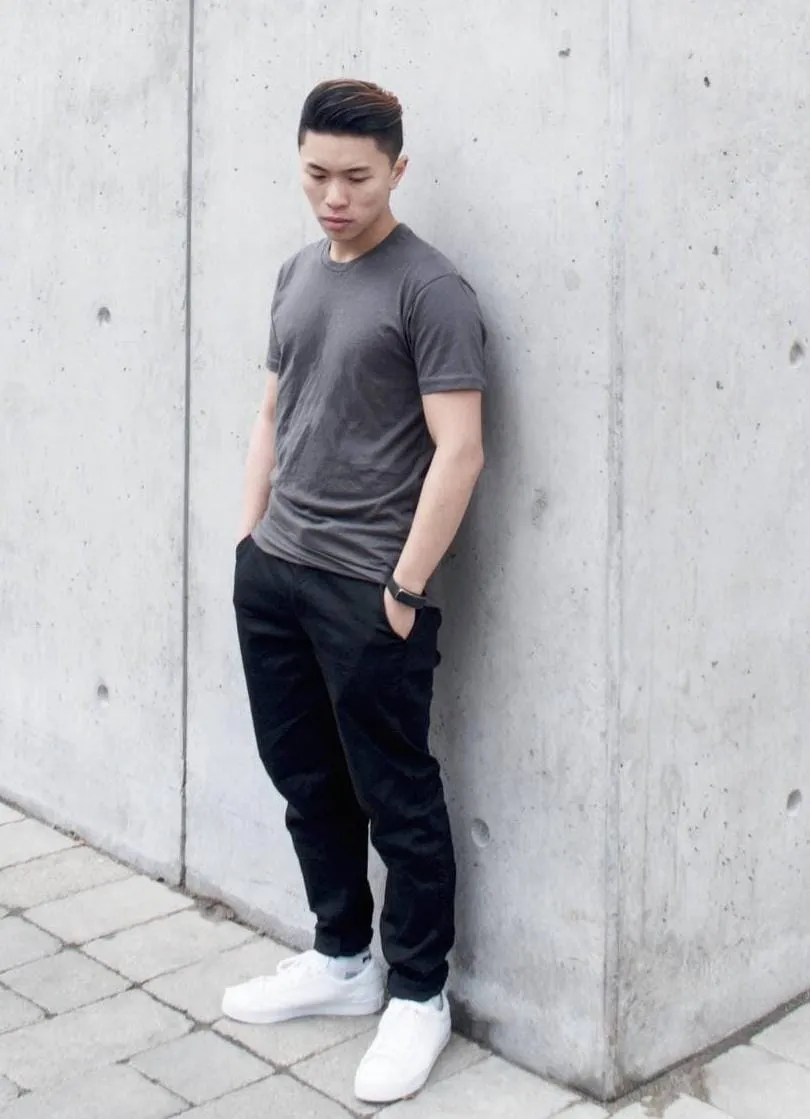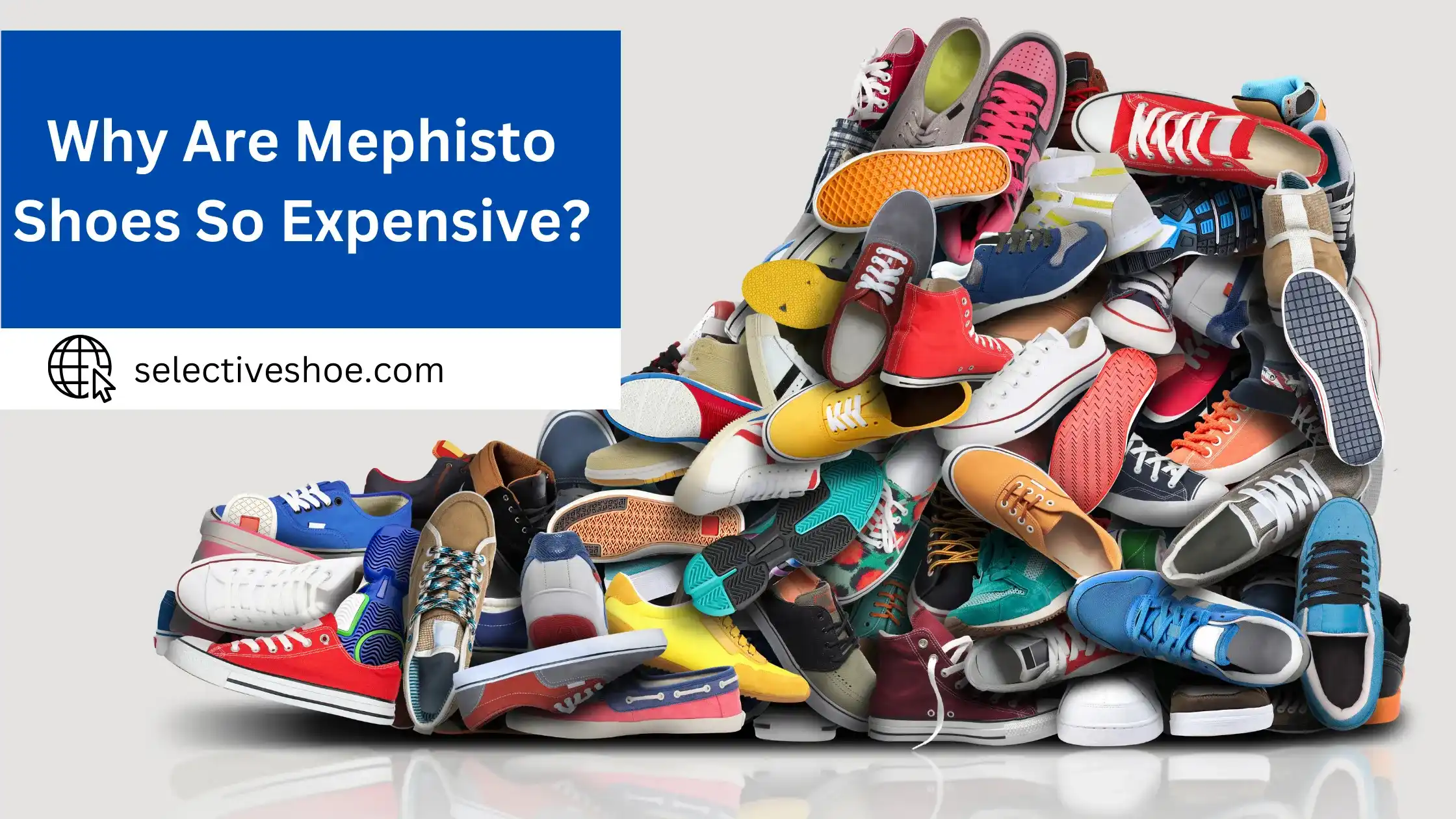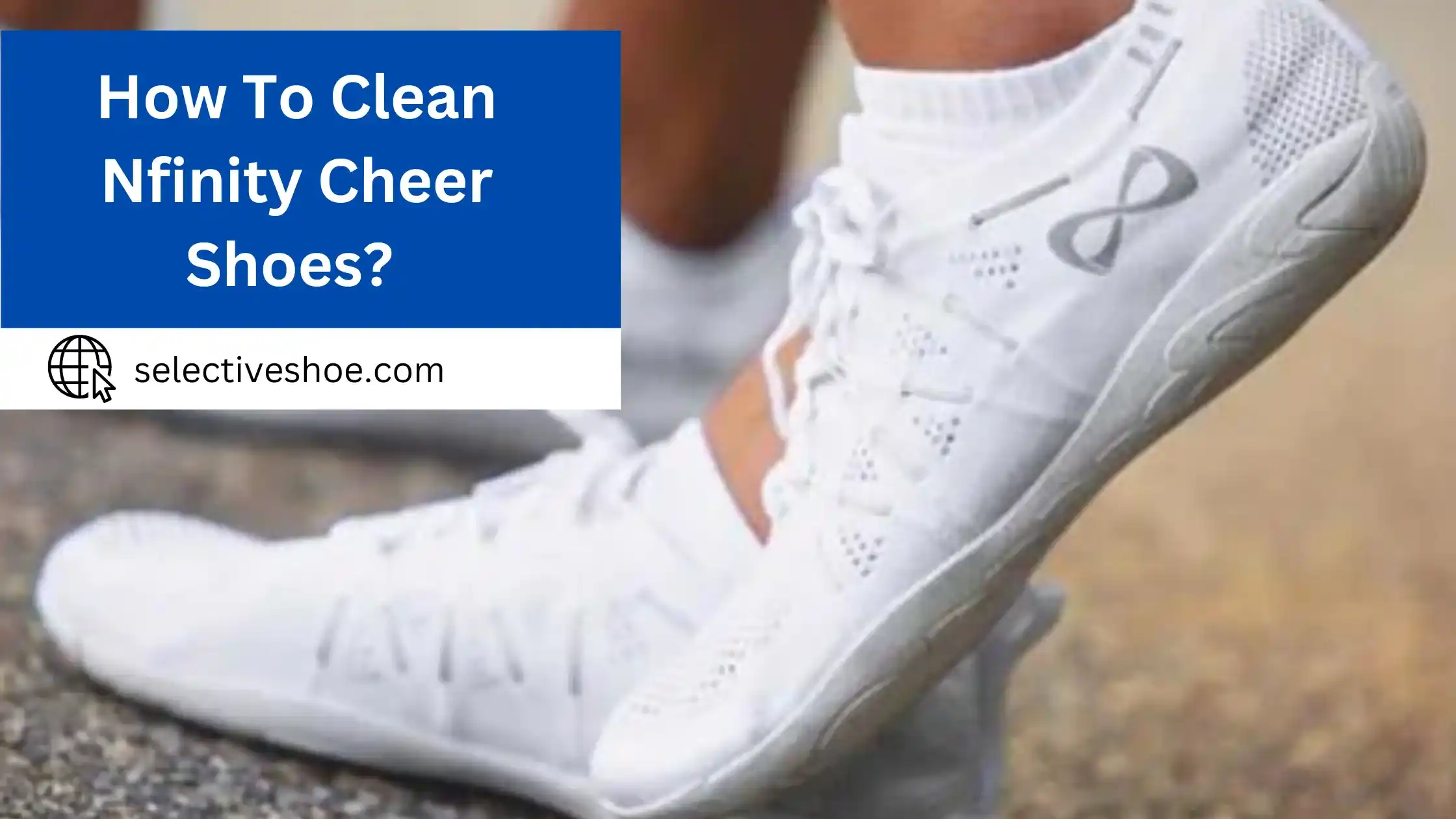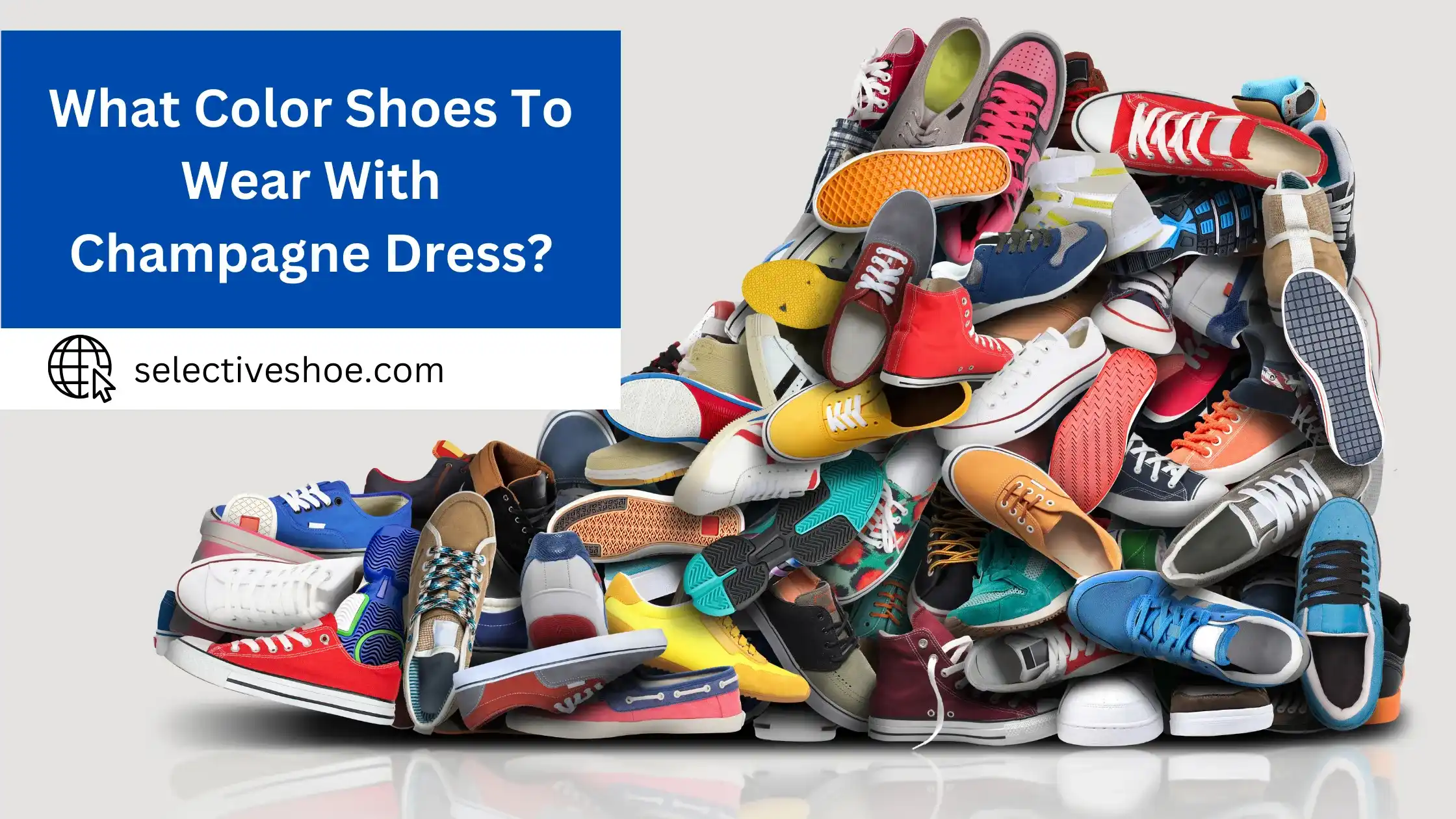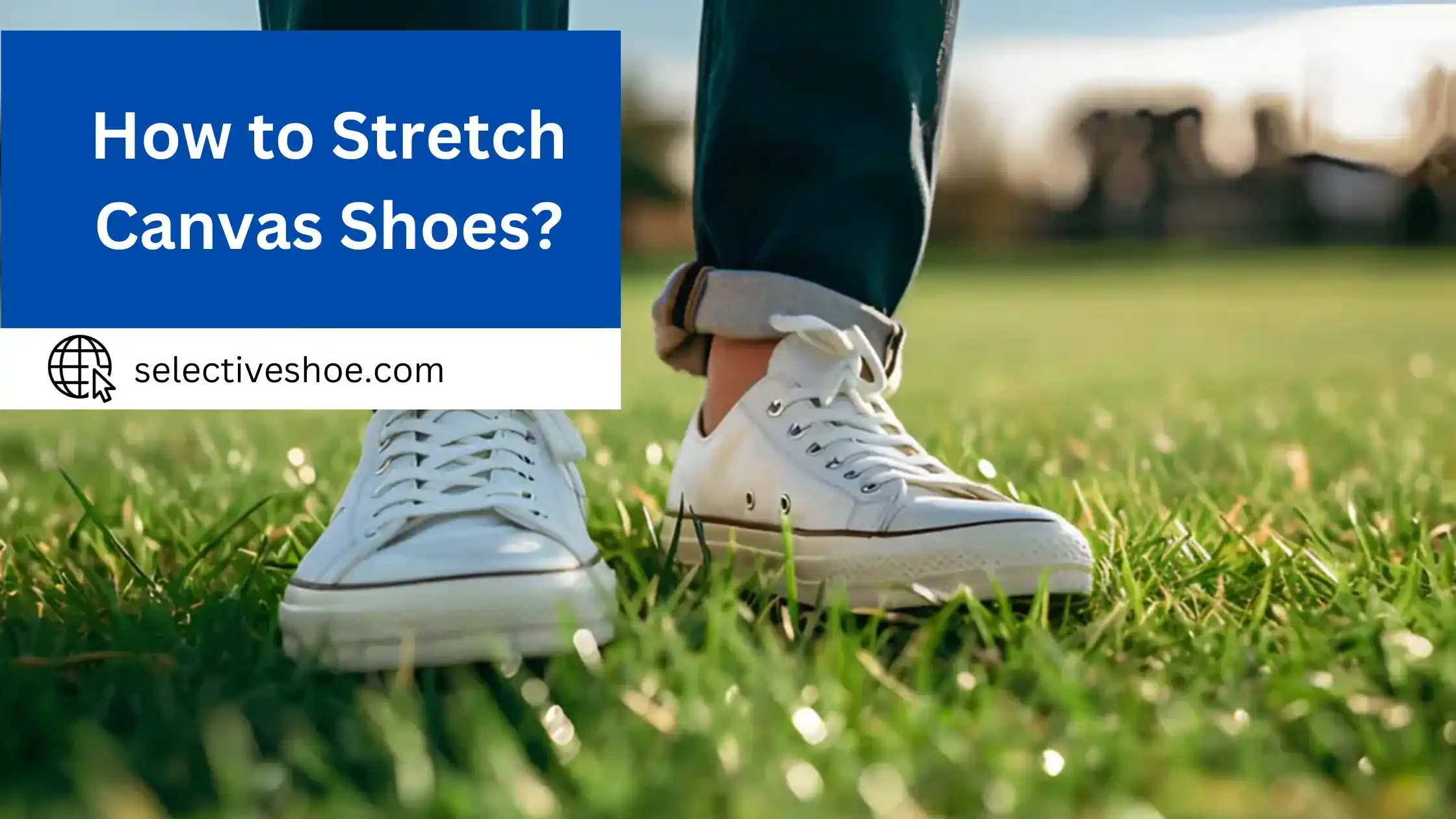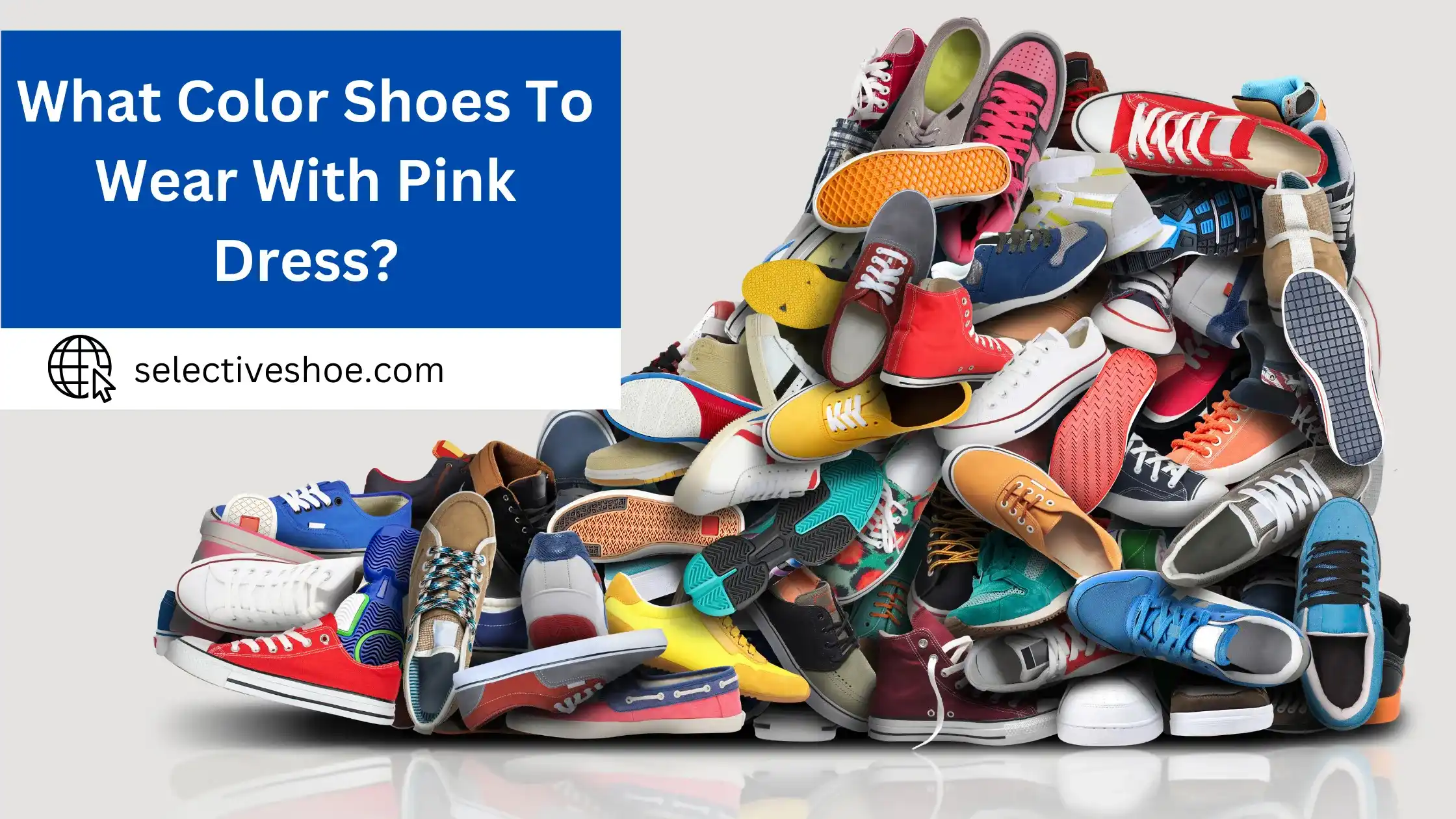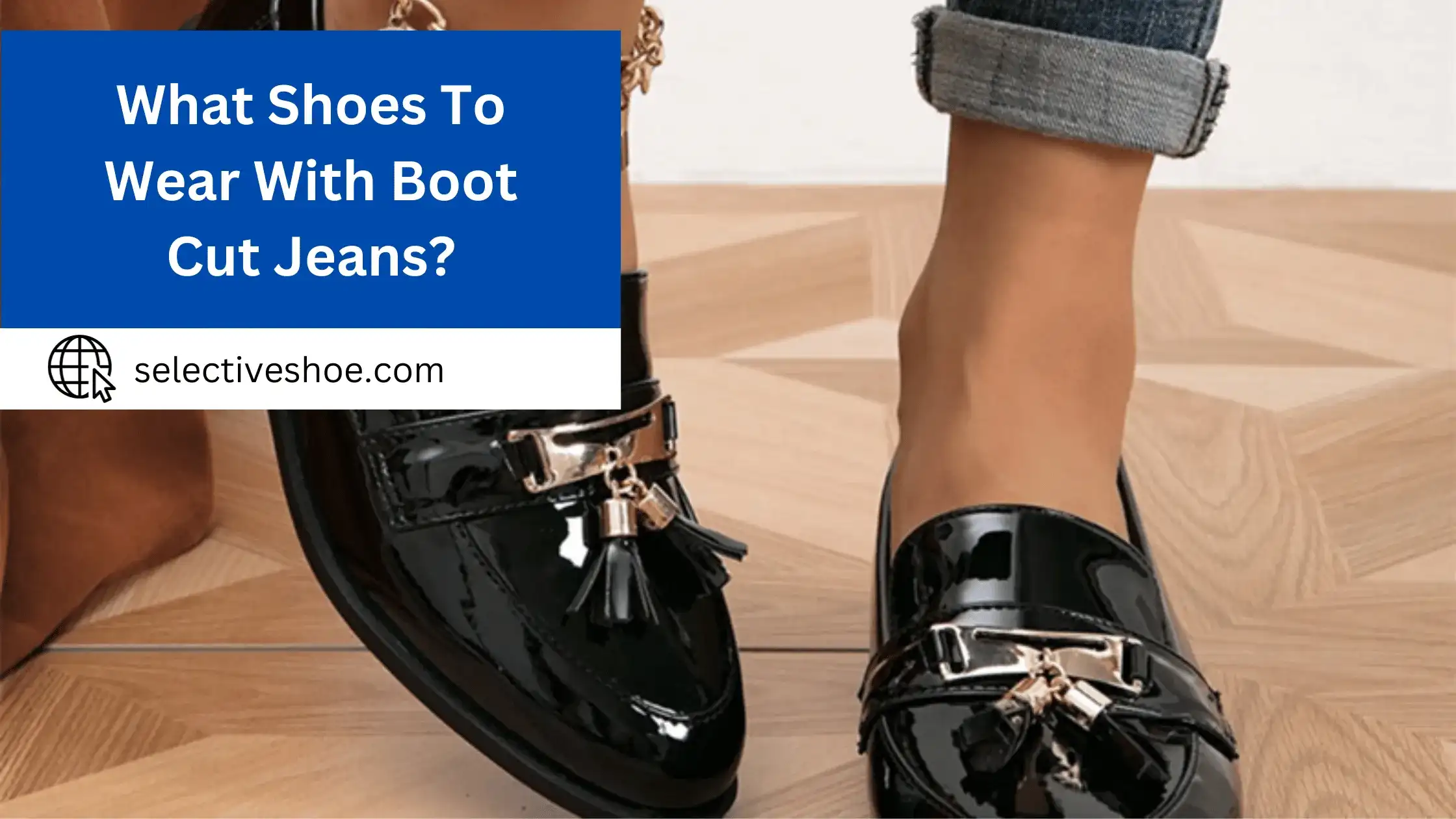If you ever wondered why some white people wear shoes inside the house. Many cultures around the world have “house shoes” slippers, sandals, or other types of slip-on footwear that are usually worn when one is at home or around family & friends.
White western culture typically doesn’t follow this practice though and many of us wear our regular outdoor shoes while in the house without hesitation. Here, we’ll take a closer look at some reasons behind this phenomenon to see if there’s any logic to it. So grab a cup of tea (or put on your house shoes!) and join us as we explore why white people choose to keep their outdoor kicks indoors.
Unraveling the Mystery: Why Do White People Wear Shoes in the House?
The practice of wearing shoes indoors, regardless of a person’s ethnicity, can vary based on cultural norms, personal preferences, and practical considerations. While it’s important to avoid making broad generalizations about any particular group of people, including “white people,” there are several reasons why some individuals may choose to wear shoes indoors, and these reasons can apply to people of diverse backgrounds. Here are a few potential explanations:
Cultural Variation:
The choice to wear shoes indoors varies across cultures. In some cultures, wearing shoes indoors is considered inappropriate or unclean due to the potential to track dirt and germs from outside. In other cultures, wearing shoes indoors may be more common, but it still depends on individual habits and family practices.
Comfort and Convenience:
Some people may find it more comfortable to keep their shoes on while moving around their home. Wearing shoes indoors might provide better arch support or cushioning, especially for individuals with specific foot conditions.
Lifestyle and Activities:
People with busy schedules or those who frequently move in and out of their homes may find it convenient to keep their shoes on, saving time and effort. Individuals who engage in activities like gardening, home improvement, or playing outdoor sports might also prefer to wear shoes inside to avoid constantly changing footwear.
Temperature and Weather:
In colder climates, individuals might prefer to keep their shoes on indoors to keep their feet warm. Additionally, during wet or muddy weather, people might opt to keep shoes on to prevent tracking mud and moisture throughout the house.
In environments where there might be potential hazards on the floor, such as small objects or sharp items, some individuals may opt to wear shoes indoors for protection. This is particularly relevant in households with children or pets, where unexpected items on the floor can pose risks.
Hygiene and Cleanliness:
Some people believe that their shoes are clean enough to wear indoors and that their homes are kept clean enough to mitigate any potential issues. They might take extra care to ensure that their shoes are free from dirt before entering their home.
Arch Support and Comfort:
Certain types of shoes, particularly those designed with proper arch support and cushioning, can provide comfort for individuals with specific foot conditions or discomfort. People who find relief from wearing shoes with supportive insoles may choose to keep them on indoors for added comfort during activities.
Quick Mobility and Readiness:
For individuals with busy schedules or those who frequently move in and out of their homes, wearing shoes indoors can offer convenience. This approach minimizes the time spent changing footwear and allows for quick movement when needed, especially for people who engage in outdoor activities frequently.
It’s important to note that wearing shoes indoors is not solely attributed to any particular racial or ethnic group. People from various backgrounds have diverse reasons for their choices regarding footwear at home.
Historical Influences: Climate, Flooring, and Social Norms:
In many Western societies, the tradition of wearing shoes indoors has historical roots that can be traced back to earlier centuries. This section explores the historical evolution of this practice and its ties to Western culture. This subsection explores how these influences have contributed to the varying attitudes toward wearing shoes indoors in different cultures.
Climate:
The climate of a region has a significant impact on whether people choose to wear shoes indoors. In colder climates, individuals may opt to keep their shoes on to protect their feet from cold surfaces.
In contrast, warmer climates might encourage the removal of shoes indoors to keep the space cool and comfortable. The need for insulation and warmth in colder regions has historically led to the practice of wearing shoes indoors in certain Western cultures.
Flooring Materials:
The types of flooring prevalent in a culture’s history have also influenced footwear practices. In historical Western cultures, where dirt floors were common, wearing shoes indoors was practical for protection against dirt, cold, and discomfort.
As wooden and carpeted floors became more prevalent, the need for shoes indoors decreased. In Eastern cultures with traditional tatami mats, the practice of removing shoes before entering the house became customary to preserve the cleanliness and longevity of these delicate floor coverings.
Social Norms:
Social norms and cleanliness standards have played a significant role in shaping the wearing of shoes indoors. In some Western cultures, shoes were associated with outdoor activities, including work and travel, which made them unsuitable for indoor spaces.
As societies began to prioritize cleanliness and hygiene, the practice of removing shoes upon entering the home gained prominence. In contrast, in Western cultures where indoor footwear was designed for comfort and practicality, the tradition of wearing shoes indoors persisted.
Conclusion:
The practice of wearing shoes in the house is not exclusive to any particular racial or ethnic group, and it varies widely among individuals and cultures. While some people, regardless of their racial background, may choose to wear shoes indoors for comfort, convenience, or habit, many others, including people of all races, prefer to remove their shoes upon entering their homes to maintain cleanliness and hygiene.
Therefore, it’s important to avoid making generalizations about a specific racial or ethnic group based on this practice, as it is a matter of personal preference and cultural norms rather than something tied to one’s racial identity.
